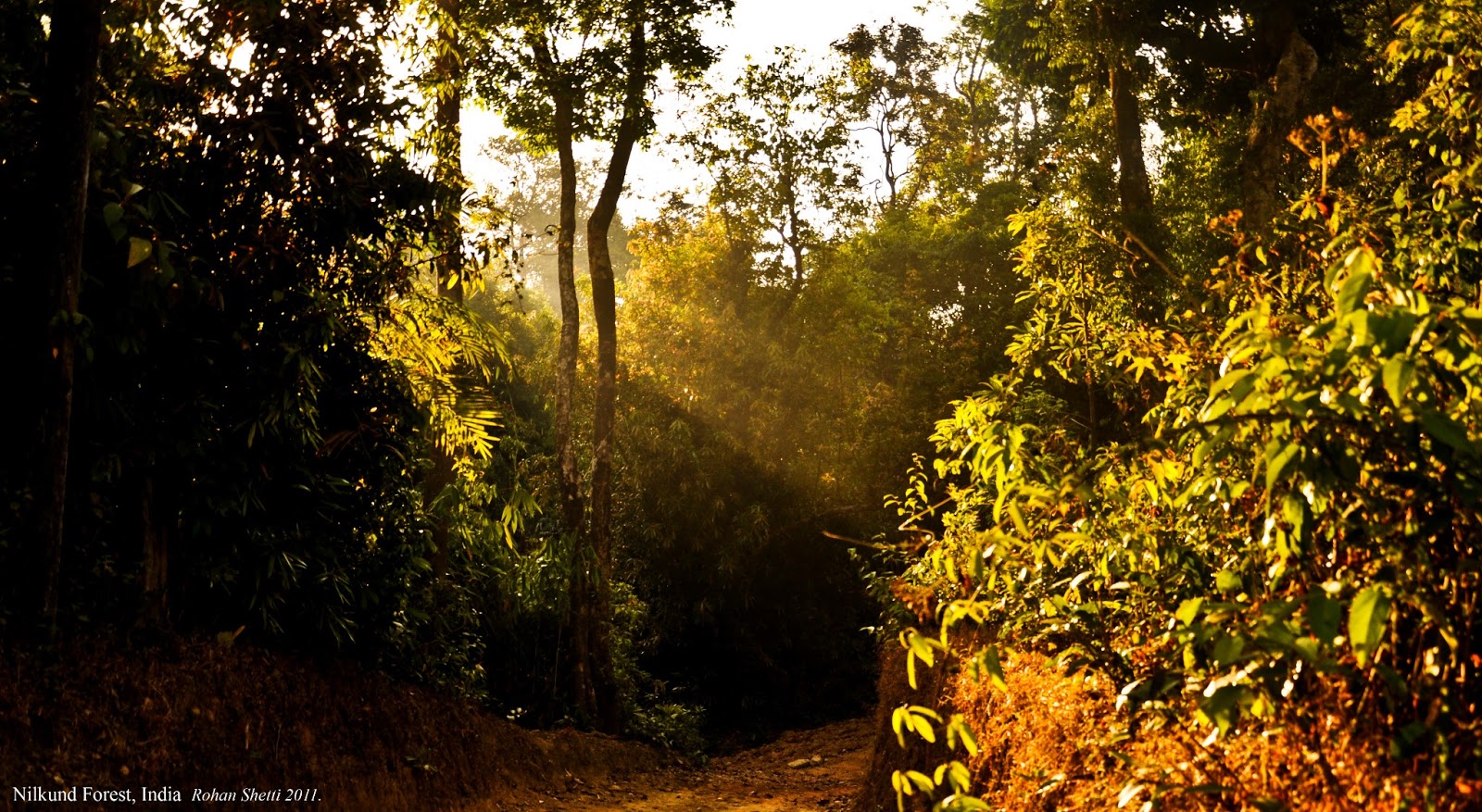Value, Price.. perspective
I could hear the rumble of the mountain miles away from crater. The crater head had a topping of snow and cloud. We reached the valley to see a splendid green pistachio plantations all over the slopes. A local farmer kindly walked us through his farm and told the story of the land. Worlds finest pistachios are grown on the slopes of the one of the worlds deadliest mountains. The contrast of life was something interesting. The ash and the soot that comes from the volcano is a good source of nutrients and makes the soil ideal for pistachio farming. This unique setting makes the pistachios from here distinctively better that any other in the world. The pictures you see here are from the slopes of Mt. Etna. The picture on top is close to the crater mouth whereas the other picture is taken from the beginning of the valley.
What made me think of the whole scene is that in any other part of the world you will see prices of lands to costing millions per square feet and the same land here is priceless. Priceless here is in both meanings as it grows worlds best pistachios and also there is no guarantee as when this land will be covered with orange red lava. Whatever might be the price of land or product, in the real sense it is the value of perspective that matters here. I got a chance to taste the pistachio and also to carry home a piece of extrusive igneous rock. In the real sense what I carried home was a "perspective". After a few fine days in Sicily, I came back to India. A couple of days after reaching India there was a news on the papers that a part of Etna had blown up (November 2011).






